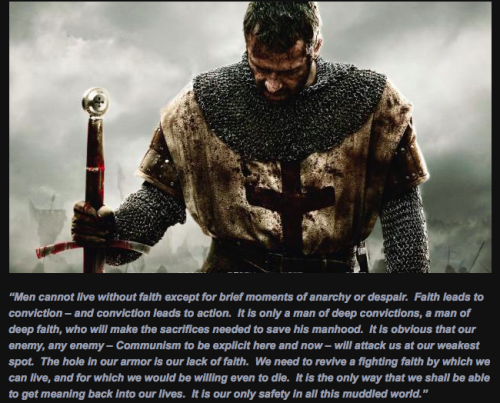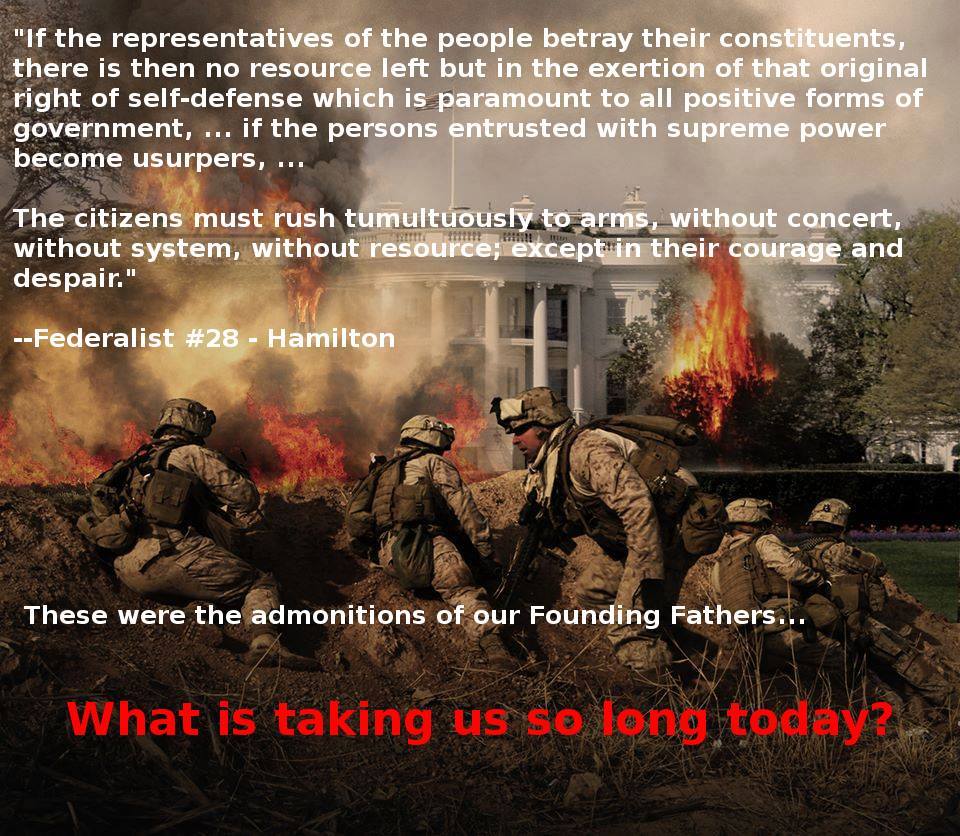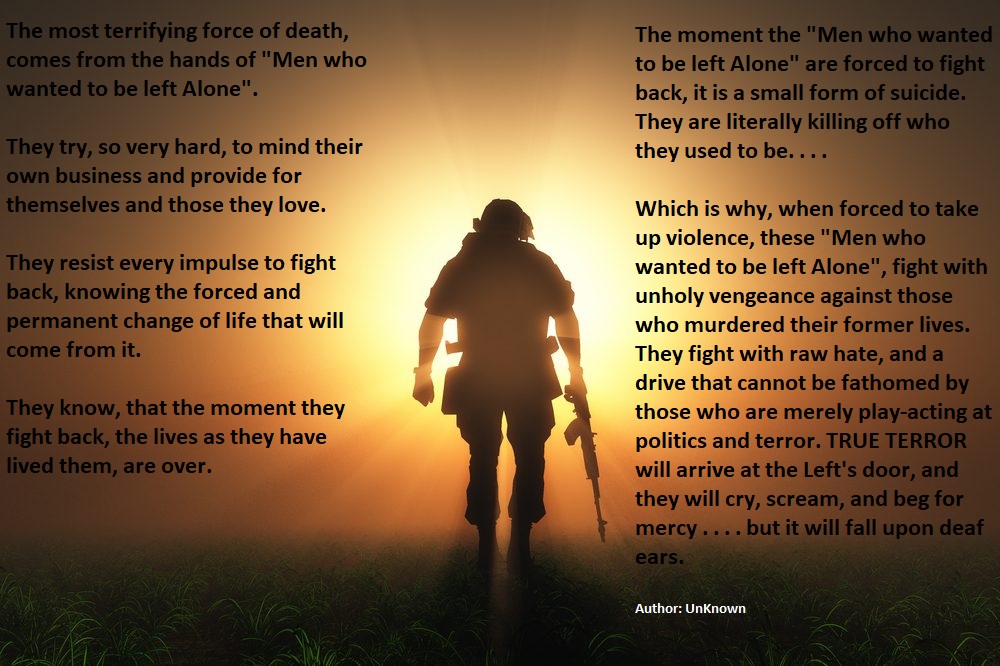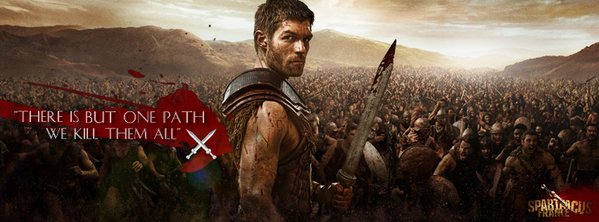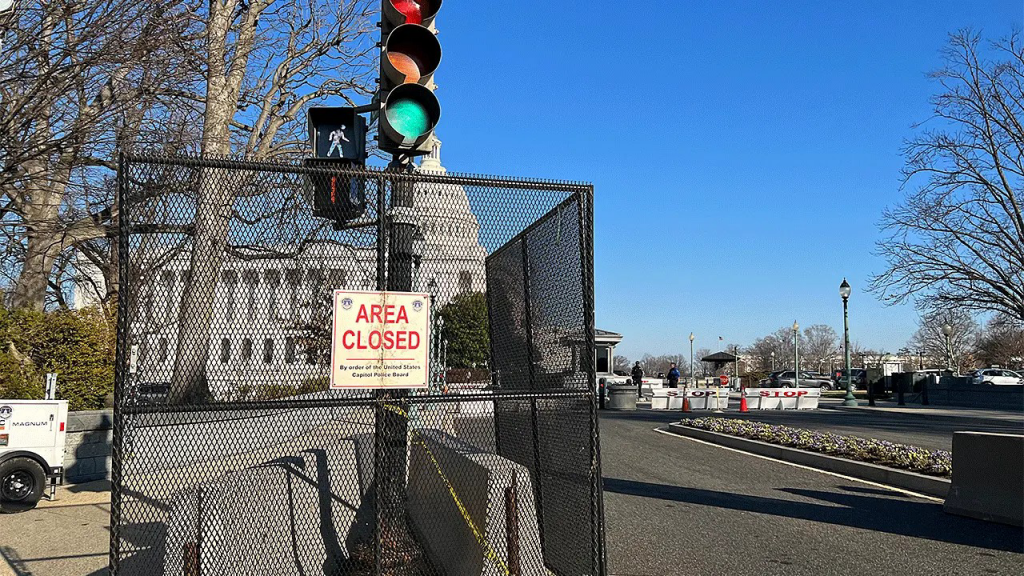Clever tacticians know it: Strike the enemy at his weakest point. Believe it or not, that – not tanks, aerial warfare, or poison gas – was the biggest innovation that came out of World War I. Before that, nation armies would hurl themselves at one another’s strength, each hoping to destroy the another and win the war with a single overwhelming victory. But what if the enemy has no weak points? What then?
Then you create one.
I’d like my Gentle Readers to think about that for a moment. There are hidden subtleties in the notion. For one thing, it involves deception: the use of your forces and communication capabilities to lure your enemy into unbalancing his men, materiel, and maneuvers. For another, it can require that you accept a (hopefully) temporary imbalance among your forces, praying all the while that your enemy won’t notice it. Warfare between evenly matched contestants is like that. It’s true both at the chessboard and over a map of the world.
Weak points come in many varieties. Some arise from nature itself. For example, in Europe both the Belgian plain and the Fulda gap are notable invasion routes, sculpted that way by the forces that shaped the continent. There isn’t much one can do about them except to build fortifications…and as the French discovered in 1940, even that can’t do everything.
Another celebrated weak point is the salient: the protrusion of your lines in a fashion that creates attackable flanks. Attempts to exploit this tactical factor was a recurring feature of ground warfare on the Western Front of both World Wars. Field commanders learned to avoid creating salient the hard way. They also learned that presenting the opponent with an illusory salient – one that’s more apparent than real – can be a temptation he cannot resist.
In today’s rapid, three-dimensional warfare, the continuity and security of supply to one’s forces is a critical consideration. Historically, logistical factors have tended to favor the defender. That might not be true any longer in open warfare.
As for covert warfare, conducted against an enemy who’s unaware that he’s under attack, we might be seeing it in use today…against us.***
Freedom is under attack today. In truth, it always has been, for there are always men who desire power over others, and they never relent. Freedom elsewhere than in the United States has been extinguished. Nowhere on earth other than here is there a place where governments are under proper restraint, where private citizens can do as they like with what is rightfully theirs, and where the agents of the State are bound to respect the inherent and inalienable rights of the individual.
Here in America, freedom has been under siege for a century and more. The Constitutional constraints we were told we could trust have eroded near to the point of uselessness. Men are imprisoned and kept that way without being charged. Their property is taken from them under flimsy, objectively indefensible pretexts. Some are killed outright and without cause, as witness Roseanne Boyland and Ashli Babbitt.
Yet such open assaults on the rights of men can be pointed out, used to raise a hue and cry, and directly fought. That’s why they haven’t yet become so commonplace as to be usual. But they’re multiplying. They occur with increasing frequency, and not always by the direct action of government thugs.
Our would-be tyrants are not satisfied with the brutalities enumerated above. They want our total subjugation. They want the state of existence a great writer described thus:
Read the Whole Article Here…





